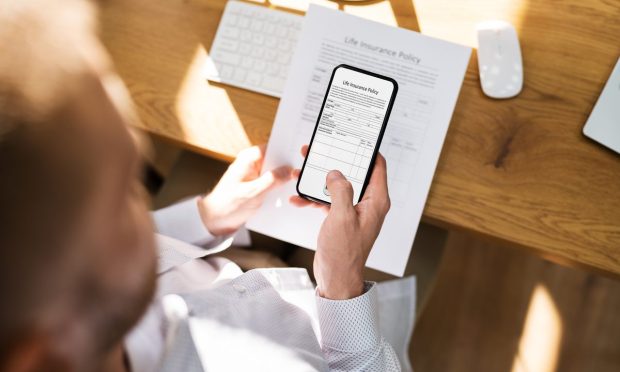Automating Accounts Payable Can Turn Data Collection Into Relationship Management

Automation can make businesses more efficient, reduce errors and minimize costs in many areas.
Increasingly, automation allows processes that would have once taken days to be done in a matter of seconds. When it comes to the complex world of invoices, this kind of automation is known as “straight-through processing,” and it promises to completely transform the accounts payable (AP) department.
“The accounts payable departments of today will look far different in the future,” Vroozi Co-Founder and Chief Strategy Officer Shaz Khan told PYMNTS in an interview. “Instead of being focused on the ability to process data, they’re going to be looked upon as individuals that work much more closely with suppliers.”
Vroozi sees itself as one of the driving forces behind this transformation, using artificial intelligence (AI)-powered technologies to simplify business invoicing.
AP departments have been famously slow when it comes to digitization. Most remain staffed by an army of employees tasked with chasing down hundreds of paper-based invoices, reconciling them with purchase orders, stamping their approval and finally sending out checks in the mail.
It’s a mountain of paperwork that’s ripe for digitization — and Vroozi, with its newest offering, Vroozi Intelligence, believes it has cracked the problem, Khan said. It’s leveraging cognitive optical character recognition (OCR) to enable smart invoice approvals in seconds. Cognitive OCR is an AI technology that’s able to ingest an invoice in any format and immediately understand its taxonomy, hierarchy and field structure and auto-populate that data onto a computer screen — all without any human input.
Read also: Vroozi Debuts Automated AP, Invoice Platform
Doing so eliminates most of the manual work. It goes further too, automatically detecting duplicate checks, identifying fraud and more, before enabling smart approvals of payments with a single click.
“We want to democratize access to these technologies without requiring tremendous amounts of resources and implementation time,” Khan said.
Although it isn’t new, cognitive OCR is just coming into its own. Earlier generations of the tech had problems understanding and dissecting the information found on invoices, Khan said. But these days, the technology has become far more reliable.
“Twenty years ago, when OCR first started becoming relevant in some enterprise companies, they were lucky to get 30% or 40%,” Khan said. “Now, we’re seeing technologies come on the market that provide accuracy rates of 99% or more.”
Khan told PYMNTS that OCR will deliver measurable benefits across all the key metrics for the efficiency of an AP department. Most businesses look at the cost per invoice, error rates on invoices, the percentage of duplicates, fraud detection percentages and so on.
See also: Credit Cards See Growth as Part of Global Business Payments Mix
The average business, he said, has an invoice processing rate of anything from $10 to $30 per invoice. Vroozi believes it should be possible to reduce that by an order of magnitude through automation to under $2 per invoice.
“We call this straight-through processing, where an invoice comes in that matches a purchase order, so it needs just one click for approval,” Khan explained. “That’s what we’re really trying to drive with this.”
With their hands suddenly untied thanks to straight-through processing, Khan said he believes AP teams will instead be put to use by their employers to collaborate more closely with suppliers and come up with cash-trade financing programs that can benefit both parties.
“We see this ability to not only provide an automated invoice platform just for accounts payable departments,” Khan said. “We’re looking at a driver where this can become an absolute profit center.”
